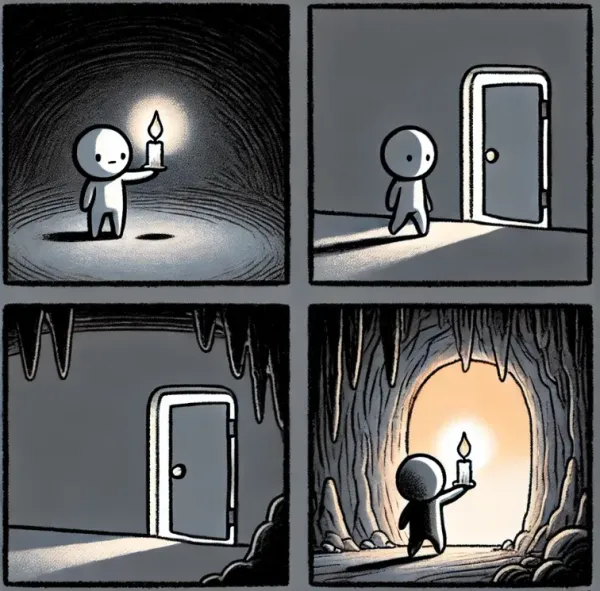Heresies of the Heart
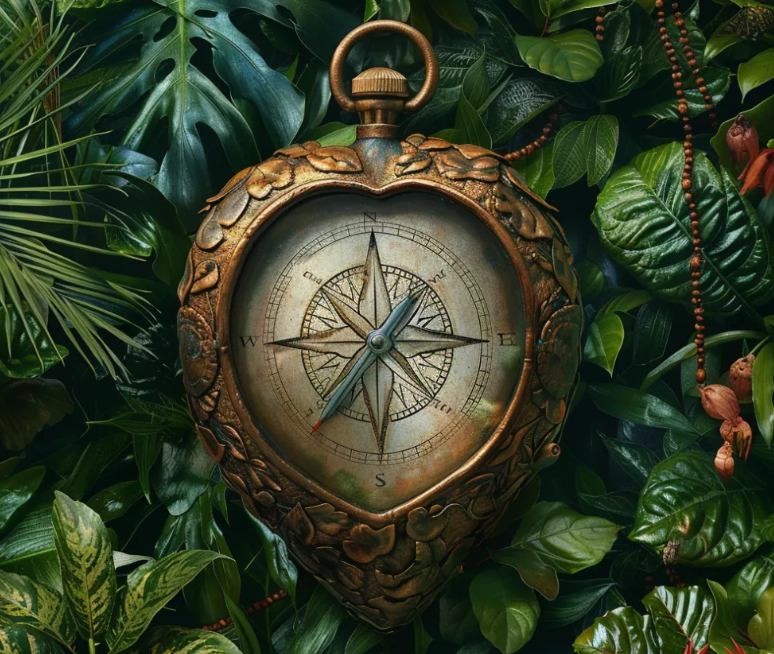
Rediscovering Our Lost Compass
“All the errors and follies of magic, religion, and mystical traditions are outweighed by the one great wisdom they contained: the awareness of humanity’s organic embeddedness in a complex natural system.”
- Philip Slater
Over the next few months I plan to explore various individual topics in a little more detail. More specifically, I’m focused on trying to answer 3 questions with most pieces I write:
- Where is our map of reality incomplete?
- What are we missing?
- How will we act differently as a result?
One of the topics in most urgent need of exploration is the mysterious and neglected role of the human heart as an organ of perception and cognition. This is because, if the heart has access to hidden or subtle guiding forces, it can help us navigate the world more effectively.
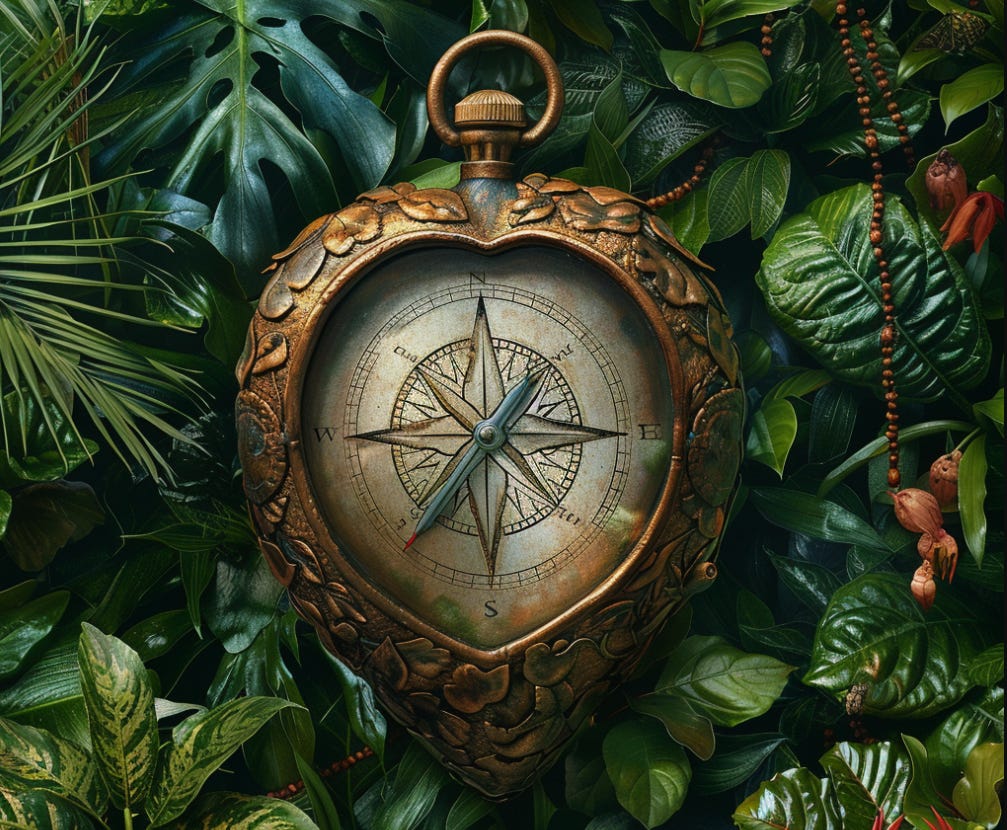
1. Where is our map of reality incomplete?
“It is subject to a myriad of failure modes and represents a fundamental weakness in our potential longevity... Although artificial hearts are beginning to be feasible replacements, a more effective approach will be to get rid of the heart altogether.”
-Ray Kurzweil
It is a stunningly consistent feature of Western “scientism” that all challenges to head-centric cognition are ruthlessly suppressed, shamed and denigrated. I suspect that 9/10 people when asked what the human heart does will reply something to the effect of “it pumps blood.” And yet it’s fascinating that so many other cultures regard the heart as an organ of perception. In the West we live absolutely saturated in references to the heart. Most of them directly relate to the foundations of a meaningful life: truth, guidance, and love. Follow your heart, heart’s desire, open-hearted, the list is endless. Why do all these kinds of idioms relate to our hearts and not another “purely functional” organ like the liver or kidneys? Our culture seemingly understands that the heart’s job is essential, but more as a plumber than a knowledge worker.
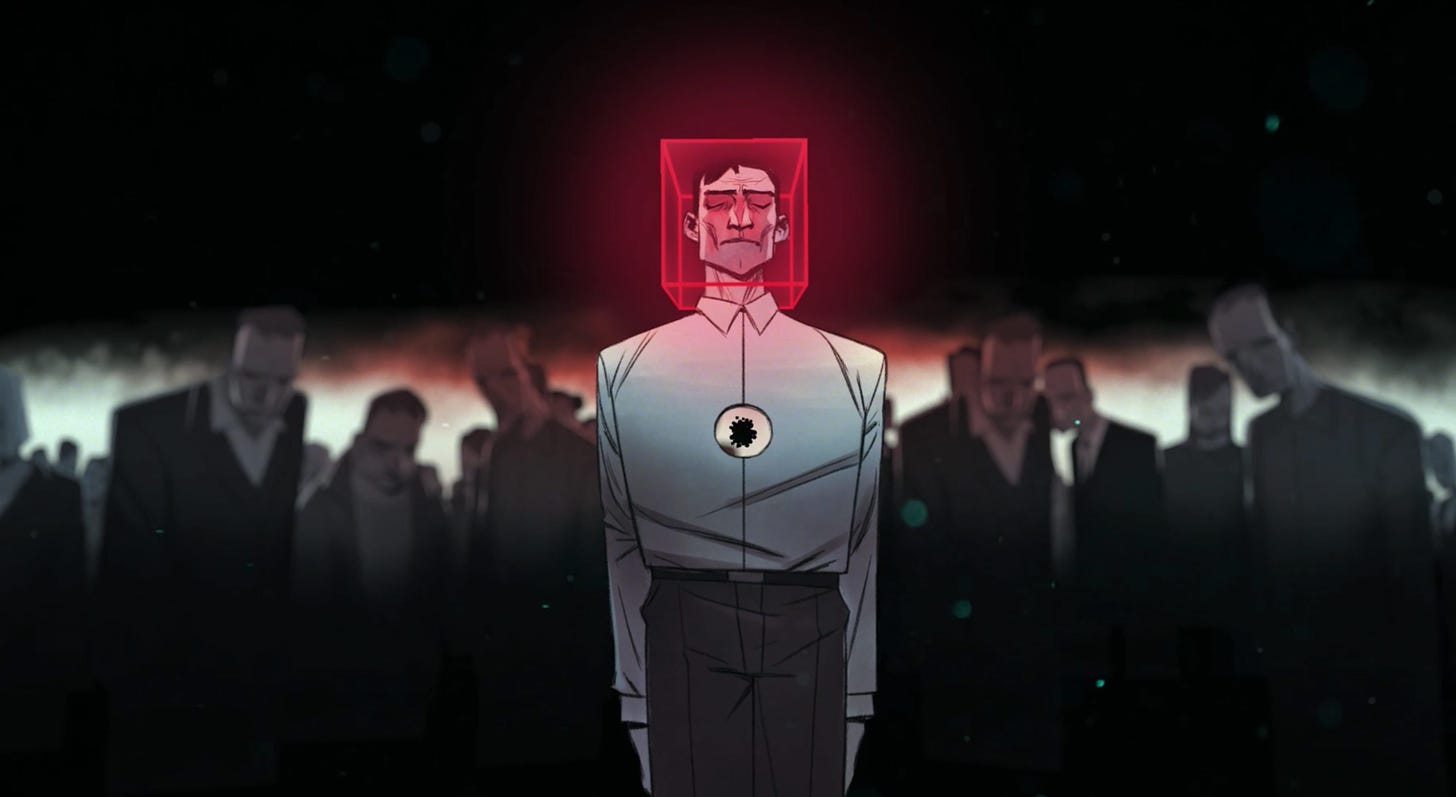
There are some great anecdotes about head-centric Westerners interacting with heart-centric cultures.
The first I remember reading was an encounter between Carl Jung and the Native American chief Ochwiay Biano (“Mountain Lake”) of the Taos pueblo in New Mexico in 1932:
Chief Mountain Lake: “See how cruel the whites look, their lips are thin, their noses sharp, their faces furrowed and distorted by folds. Their eyes have a staring expression; they are always seeking something. What are they seeking? The whites always want something. They are always uneasy and restless. We do not know what they want. We do not understand them. We think that they are all mad.”
When Jung asked why he thinks they are all mad, Mountain Lake replied, “They say they think with their heads.”
“Why of course,” said Jung, “What do you think with?”
“We think here,” said Chief Mountain Lake, indicating his heart.
Jung went on to describe the role of the heart in our cognition as “a truth to which we are blind.”
There’s another great story in Philip Shepherd’s book Radical Wholeness about the Sng’oi people of Malaysia. Psychologist Robert Wolff found that they would often anticipate his visits to their settlement despite having no conceivable means of knowing he was coming. They talked about an “ancient way of knowing.” Wolff took a tribesperson, Ahmeed, to see the ocean for the first time. Ahmeed stood motionless on the shore for a while.
“When they returned to the settlement, Ahmeed announced to the group that he had something important to share, and a ceremony was arranged for that evening. When everyone had gathered, Ahmeed told them what he had seen on his visit to the Great Water. Using a Malay word for “ocean,” he described its unimaginable vastness—and how it covers the whole planet. He said that underneath its surface is a whole world, with tall mountains, and valleys deeper than any in the jungle. And he spoke of underwater streams, or currents, that flow all around the world sweeping fish with them. He described animals bigger than elephants, and fish that are flat. He also assured those assembled that the animals had to stay in the ocean and couldn’t come onto land. Ahmeed described all this having merely stood beside the ocean, feeling it. When Wolff asked how he could perceive all that, Ahmeed answered, “I find the Great Ocean in my heart.”
Wolff even describes a time when he personally experienced this ancient way of knowing. After spending long days walking the jungle with a tribesman, he was asked to find water. As he watched him strain his senses, the tribesman simply said “water inside heart.” Wolff suddenly found he was able to sense its presence nearby.
“My perception opened further. I no longer saw water - what I felt with my whole being was a leaf-with-water-in-it, attached to a plant that grew in soil surrounded by uncounted other plants, all part of the same blanket of living things covering the soil, which was also part of a larger living skin around the earth. And nothing was separate; all was one, the same thing: water–leaf–plant–trees–soil–animals–earth–air–sunlight and little wisps of wind. The all-ness was everywhere, and I was part of it… All of me was filled with being.”
It seems plausible that our hearts connect us to the world in ways that far transcend our current materialist understanding of space and time. Science is probably in the process of “rediscovering” what indigenous peoples have known for centuries. For example, the !Kung Kalahari tribespeople in Africa conduct “boiling energy” dances. A shaman dances, chants, and physically heats himself into a trance state where eventually his “heart opens” and he gains the ability to heal. Perhaps this is because they are bringing themselves back into harmony with nature itself.
2. What needs to be added: The Science
People remember stories more than studies. But moving beyond these captivating anecdotes, there seems to be some supportive, if controversial, science behind these ideas. I’ve noticed that the “pseudoscience” label often gets slapped on heresies that don’t conform to the head-centric paradigm we live in.
Some of the more plausible arguments seem to run roughly as follows:
Our hearts are reciprocal electromagnetic sensors.1 It’s why an E.K.G. beeps with every beat. Multiple studies2 across neurocardiology and neuroscience have identified an intrinsic nervous system within the heart itself that can process information in a way that modulates brain activity, emotional processing and cognition via its neural and electromagnetic influences.3 These electromagnetic field frequencies that the heart detects may be experienced as emotions. Stephen Buhner’s research supports this idea:
“Analysis of information flow into the human body has shown that much of it impacts the heart first, flowing to the brain only after it has been perceived by the heart. What this means is that our experience of the world is routed first through our heart, which “thinks” about the experience and then sends the data to the brain for further processing. When the heart receives information back from the brain about how to respond, the heart analyzes it and decides whether or not the actions the brain wants to take will be effective. The heart routinely engages in a neural dialogue with the brain and, in essence, the two decide together what actions to take.”
The question then becomes: what are those electromagnetic influences, and where do they come from? One possible answer is that it’s related to a hidden evolutionary force. Evolution trends towards complexity; producing ever more differentiated and integrated individuals.4 In order to guide us, the pursuit of complexity has to feel like something, and it has to feel good. If you’d prefer a less sentimental and more scientific term, “holotropic attractor” is a good one. It describes a subtle but empirically observable force that guides us towards greater wholeness, coherence and complexity. Where else would we feel attractors but our heart?
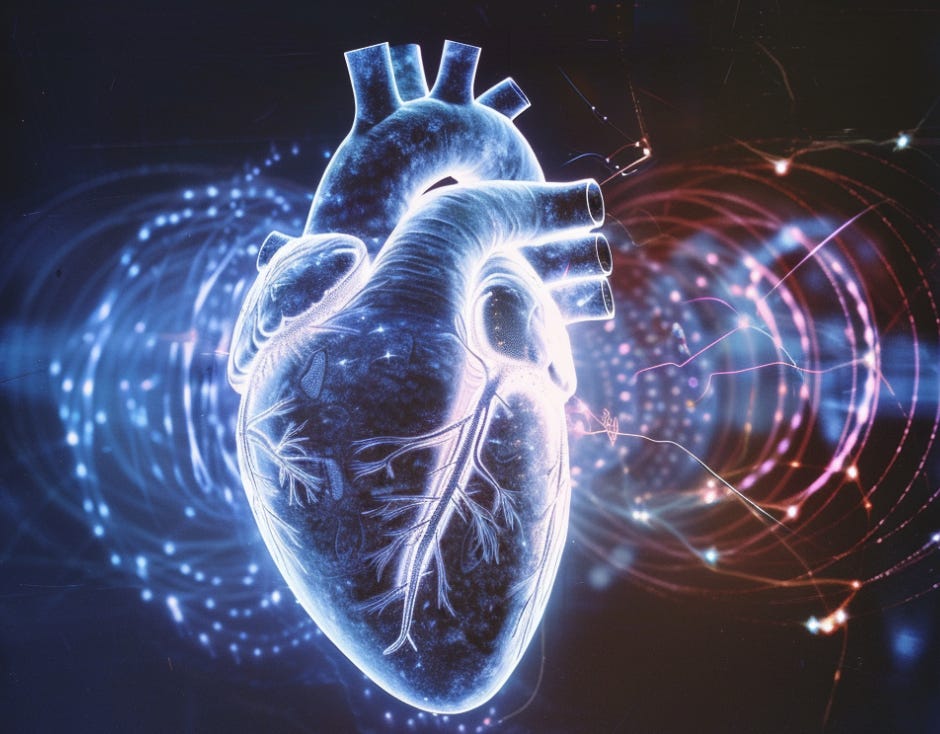
Our brain’s right hemisphere is deeply connected to the world, controls our exploratory attention and it’s primarily emotional and nonverbal. A meta-analysis shows that the right hemisphere predominates in receiving and interpreting information from the heart and body. Exactly as Buhner suggests, real world experience originates in the right hemisphere (and heart), is then moved to the left for processing, but then returned to the right for synthesis into a holistic context.5
For those finance readers looking at this topic from a more performance-related angle, there’s a small but legendary study6 that claimed to show that traders’ ability to sense their own heartbeats was directly correlated to their success in the financial markets. Some larger studies have claimed that higher scores on heartbeat detection predict superior performance on some laboratory gambling tasks.
By far the most offensively woo implication of all this heart heresy is the idea that the heart perceives time differently, and might even somehow be able to intuit the future. Dr. Julia Mossbridge, the Affiliate Professor of Physics and Biophysics at U. San Diego found that when people are in a state of unconditional love, they actually perform significantly better on precognition tasks.7 Recall Wolff’s mystification that the Sng’oi could anticipate his visits well in advance, despite no means of knowing he was coming. As researchers are already finding the potential for quantum relationships between head and heart8, one gets the sense we are barely scratching the surface here.
When it comes to the question of the heart’s role in perception and cognition, the answer seems to be: it’s complicated. But the bottom line is that I suspect it’s more important than the vast majority of us were taught in biology class. This conceptual reincorporation of our hearts is simply a rebalancing. It’s an appeal to take your emotions and sensations a little more seriously.
More generally, there’s a widespread tendency across human civilizations to associate the heart with an intuitive sense of direction, calling, and knowing the right life path. I have come to suspect the heart helps determine what’s relevant; what’s important. Artificial intelligence doesn’t have a heart. Therefore it cannot determine what’s relevant. You cannot ask it “what should I do with my life?” Answering that question requires infinite context on your life’s details as well as connection to these hidden attractors that guide our evolution.
3. How will we act differently as a result?
Tools and practices to become more heart-centric seem to be pretty much unlimited and universal to almost all spiritual traditions. You can immerse yourself in the natural world or use music, trance and drumming to restore your natural rhythms. Yoga, Metta (loving kindness) meditation and breathwork are becoming increasingly popular.
It’s all… pretty vague though?
In the context of this piece, it’s worth specifically focusing on the concept of “emotional granularity.” If the heart somehow interprets electromagnetic waves and converts them into emotions, the more precisely we can interpret those signals, the more effectively we’ll be able to navigate the world.
While trauma is slowly morphing into a meaningless buzzword, the specific relevance in this context makes some sense.9 If we are either blocked from feeling our bodies, or emotionally stunted in our communication, we will struggle to navigate our environment effectively. Philosopher-psychologist Eugene Gendlin observed hundreds of therapy sessions and claimed that a key determinant of whether a patient would eventually recover was how they processed their experience internally and the quality with which they could express it. Some of this may be exacerbated by our cultural constraints. In Robert Johnson’s book Balancing Heaven and Earth he makes the romantic claim that Sanskrit has ninety-six words for love while English has only one. Emotional granularity simply means identifying the range of emotions you experience and putting a wide variety of accurate labels on them. Psychologist Lisa Feldman Barrett has argued that “people who exhibit higher emotional granularity go to the doctor less frequently, use medication less frequently, and spend fewer days hospitalized for illness.” She also has a pleasingly practical guide on how to improve your emotional granularity.10
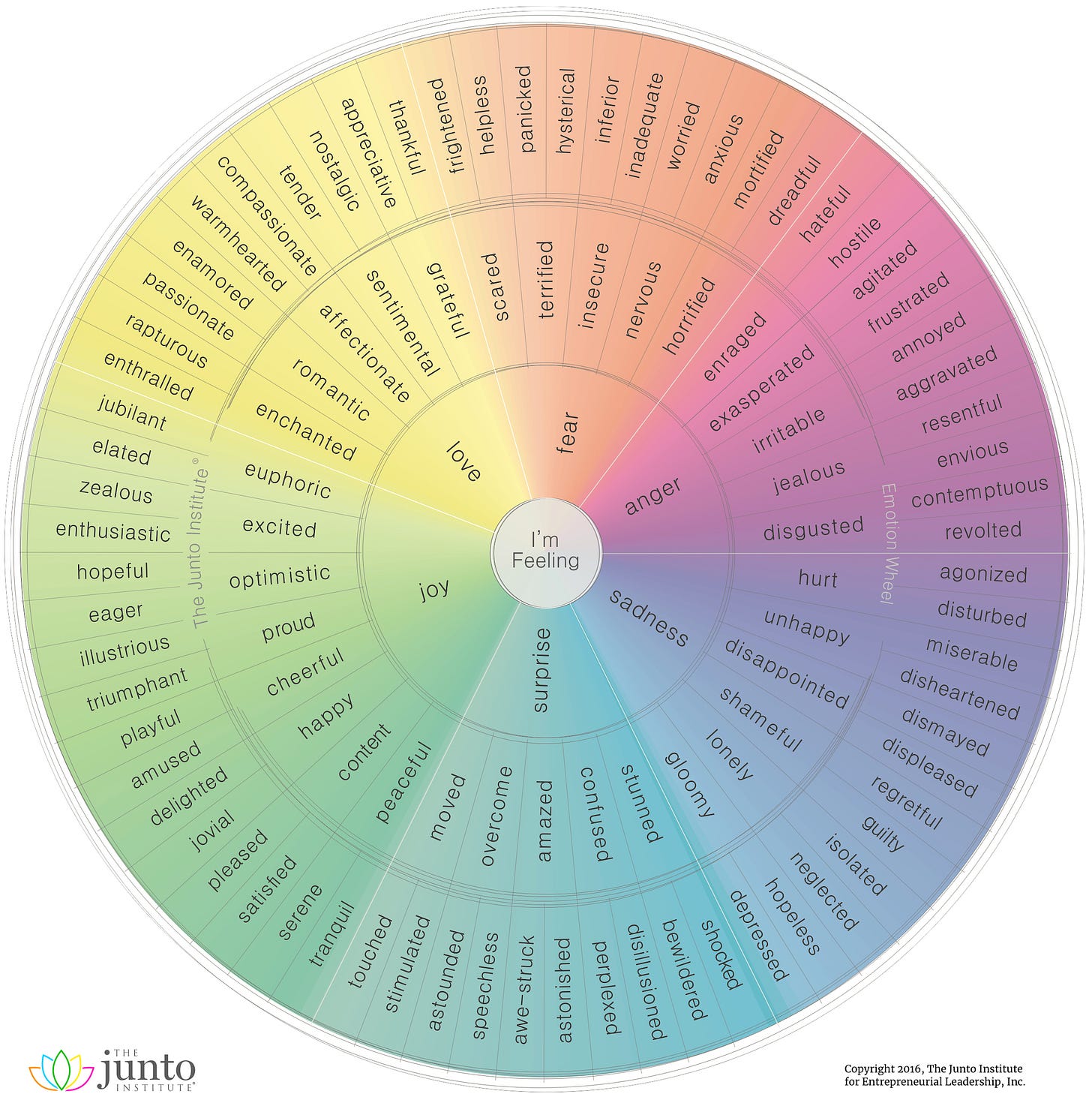
Some of the most compelling and heretical visions of our immediate future are forecasting a transition to a culture more guided by “love.” Not as some ineffective hippy commune, but as the means to connect to a vibration that shows you where to focus and what to do in chaotic times.11 It’s a relatively consistent feature of spiritual traditions that they talk about our power scaling with our spiritual vibration, and unconditional love ranks extremely high.

If there was a single word that encapsulates the core message of almost every mystical tradition or religion it’s “love.” It’s an emotion inextricably associated with our hearts. If you focus on the feeling right now, where do you feel it? It’s amazing how many spiritual paths also boil down to “feel enough love to follow what you love.” You need a clear connection to your heart to do both.
Through the corridors of all human experience has this Truth been echoed: Love is the answer. Yet you have not listened.
-Neale Donald Walsch
Footnotes:
1 “The heart not only transmits field pulses of electromagnetic energy, it also receives them, like a radio in a car. And like a radio, it is able to decode the information embedded within the electromagnetic fields it senses. It is, in fact, an organ of perception….The electromagnetic field frequencies of the heart are experienced not as colors or tastes, but as emotions….The heart is, in fact, an extremely sensitive sensory organ whose domain is that of feelings. Emotions represent the impact of specific electromagnetic spectrum carrier waves upon us, as colors are the impact of visual carrier waves.” from The Secret Teachings of Plants: The Intelligence of the Heart in the Direct Perception of Nature by Stephen Harrod Buhner
2 Sources: "Functional Anatomy of the Heart: Anatomical and Physiological Bases" by J. Andrew Armour (1994), "Heart Brain Neurophysiological Correspondence" by Rollin McCraty et al. (2004), "Heart and Brain Dynamics During Cognitive Stress" by Rollin McCraty et al. (2009), "The Little Brain on the Heart" by J. Andrew Armour (2007).
3 According to biologist Dr. Bruce Lipton, “a large number of recent scientific studies have confirmed that “invisible forces” of the electromagnetic spectrum profoundly impact every facet of biological regulation.”
4 My attempt to explain this concept in a 20min presentation.
5 Source: The Matter with Things by Dr. Iain McGilchrist
6 Source. The tiny 18 person sample size is problematic! But the article references Other studies have found that higher scores on heartbeat detection predict superior performance on some laboratory gambling tasks. An AI search led me to a 2007 study by Werner et al. found that good heartbeat perceivers performed better on the Iowa Gambling Task, which measures decision-making involving uncertainty and risk. A 2010 study by Dunn et al. showed that interoceptive ability was associated with advantageous decisions on a different gambling task called the Somatic Marker Gambling Task. A 2012 review by Füstös et al. discusses some evidence linking interoception to decision-making under risk, though notes the research is still limited.
7 Check our Dr. Mossbridge’s fascinating speech at my friends Mona Sobhani, PhD and Allison’s Paradise symposium Revolution in Neuroscience: Alternative Models of Consciousness (Society for Neuroscience 2023)
9 Alexander Beiner wrote a great piece on the complexities and confusions around trauma here.




